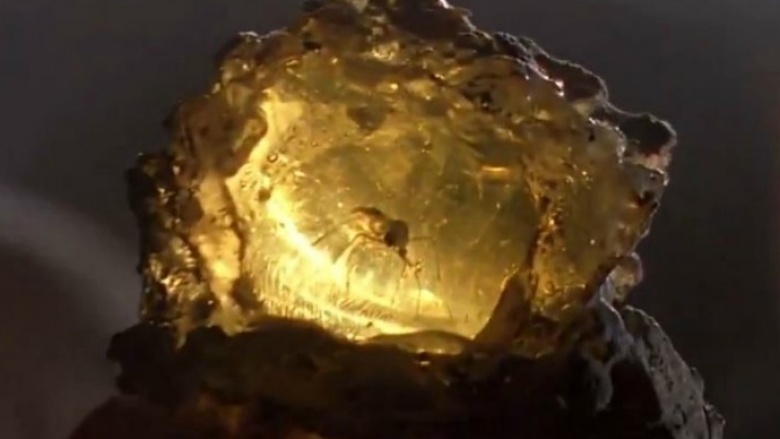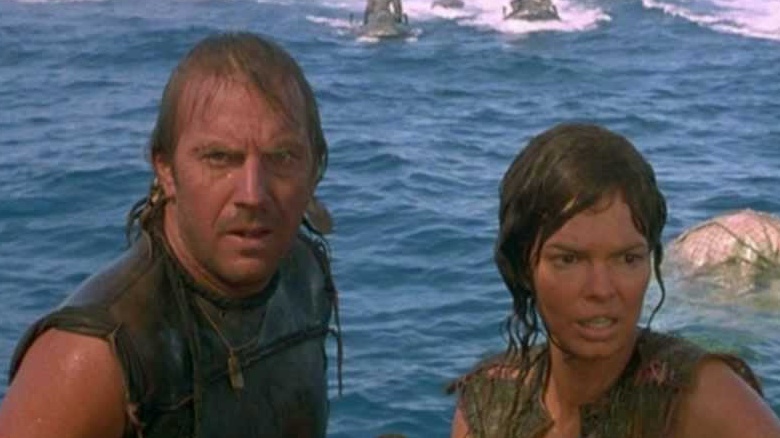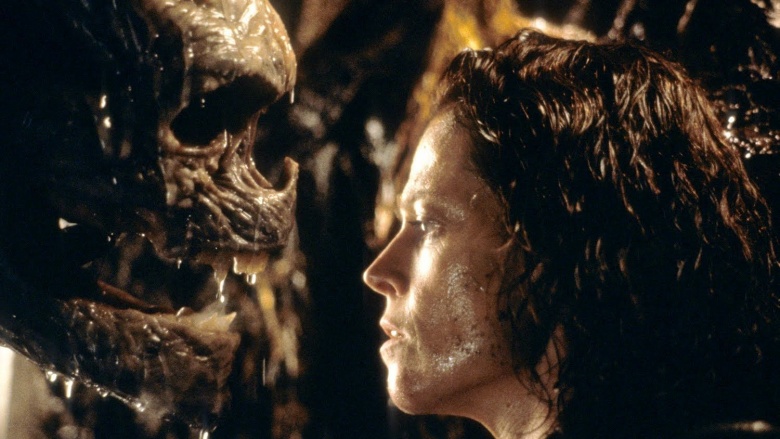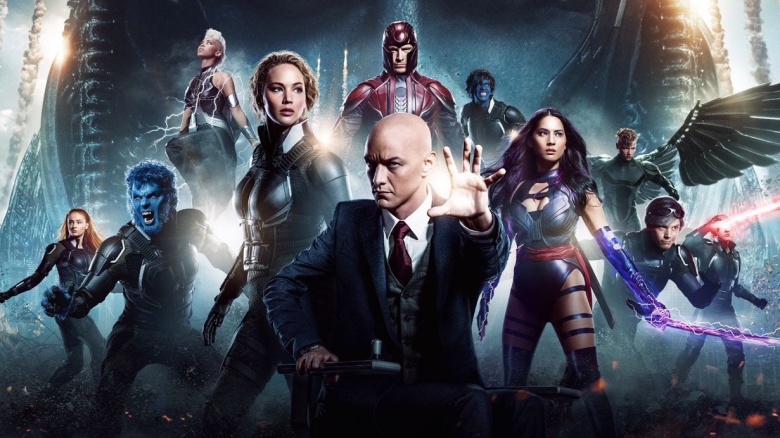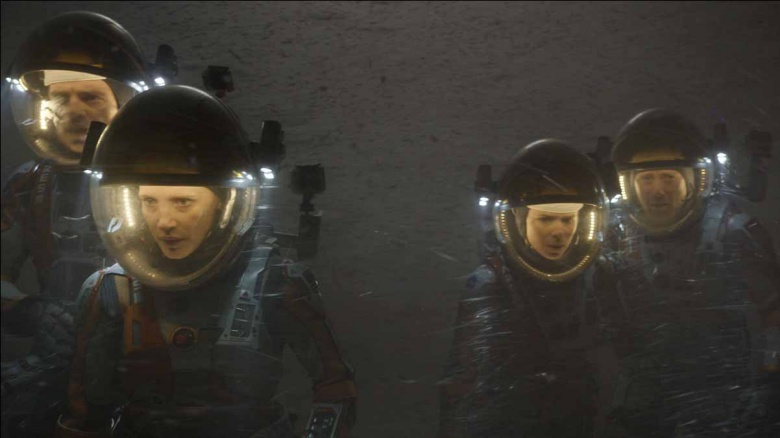Movies That Rely On Faulty Science For Their Plots
Moviegoers love science fiction. You can classify most of the top 10 highest-grossing movies of all time as sci-fi. Given the genre's success, it should come as no surprise that Hollywood increasingly produces science fiction films—yet filmmakers often play loose with the facts for the sake of entertainment value. Many movies depend on dubious science to some extent, but others rely on huge errors to support their main premises.
Jurassic Park
It's impossible to clone dinosaurs using the method depicted in the Jurassic Park movie series. The first film explains that John Hammond's (Richard Attenborough) company, InGen, extracted dino DNA from blood contained in mosquitoes that were preserved in amber millions of years ago. While this makes for great science fiction, the unfortunate reality is that DNA degrades over time, and InGen couldn't have obtained any useful DNA from blood that's millions of years old. About the only thing the amber-encased mosquito would be good for is John Hammond's cool walking cane.
Lucy
The Luc Besson action thriller Lucy propagates the myth that that human beings only use about 10 percent of their brains. The movie postulates that if we could unlock the remaining 90 percent, then we could develop fantastic abilities like Scarlett Johansson's titular character. Healthy humans actually use nearly 100 percent of their brain on functions ranging from memory to breathing. So where are our superpowers?
Waterworld
The post-apocalyptic film Waterworld (i.e., Max Max plus water) imagines a future in which the Earth's polar ice caps have melted and covered the planet in water. The movie explains that even the "Mile High City" of Denver, Colorado is now at the bottom of the ocean...which would be impossible, because even if all the ice on Earth melted, the oceans could only rise 216 feet, and Denver is more than 5,000 feet above sea level. While catastrophic, such an event could not inundate the Earth's entire landmass; this map from National Geographic more accurately shows what the planet would look like under these conditions. According to the map, there's some good news for residents of Pine Bluff, Arkansas: unchecked climate change will turn your house into beachfront real estate!
Alien: Resurrection
In Alien: Resurrection, military scientists create a clone of the late Ellen Ripley (Sigourney Weaver) who died at the end of Alien 3. Not only does this clone look like the original Ripley, but she also remembers her past. In case you were wondering, no—DNA does not transmit memories. A clone, when it comes to memory, is a blank slate at the time of birth. In addition, any Ripley clone would be significantly younger than Sigourney Weaver in 1997. Some might blame screenwriter Joss Whedon for these lapses, but he went on to create Firefly, so all is forgiven.
Armageddon
In Armageddon, an asteroid the size of Texas is 18 days away from colliding with Earth and destroying all life on the planet. The world's astronomers must have forgotten to take their Ritalin, because an asteroid that huge is visible for years beforehand. Also, the bomb that Bruce Willis and his team use to destroy the asteroid wouldn't have been powerful enough to accomplish the job. Still, all these plot holes aside, the worst thing about Armageddon is still that animal crackers scene between Ben Affleck and Liv Tyler.
X-Men
The X-Men series incorrectly depicts evolution. A popular misconception is that evolution makes creatures better, as if there's some sort of end goal in mind, but this is only true in that certain traits may enable some members of a species to survive in a particular environment. Say, for example, a type of tree is driven to extinction due to a disease. Birds are now more likely to eat moths that relied on those trees for camouflage, yet some moths of the same species have a mutation that makes their coloration match trees that still exist. Thus, through natural selection, moths with that color become dominant, because they survive to pass that trait along to their offspring. Now, going back to X-Men: there are no environmental pressures that would cause a man's eyes to emit laser beams, turn him into a blue furball, or give him the ability to telekinetically control metal. The only factor causing those mutations is 20th Century Fox's financial sheet.
The Martian
In The Martian, astronaut Mark Watney (Matt Damon) is separated from his crewmates after a violent storm on Mars literally blows him away. The rest of the crew assumes he's dead and leaves, thus marooning Watney on the Red Planet. The problem? The Martian atmosphere is roughly one percent the density of Earth, which means it isn't possible for even the strongest winds on Mars to sweep a human away. The book's author, Andy Weir, even admitted that he exaggerated science in order to come up with a way to credibly strand Watney on the planet. But hey, we're still sure Watney would gladly take a ride on the Martian winds—and a piece of metal in his gut—over the alternative depicted in Total Recall.

